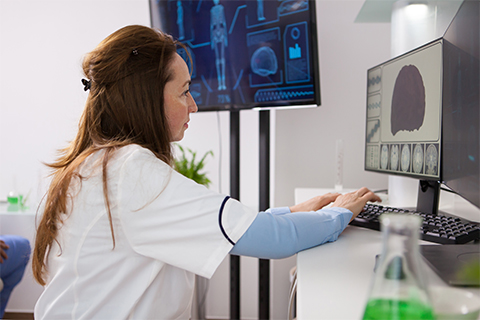The Fast-break Scheme in Japan: Streamlining the CEA System for Innovative Medical Devices Part 1

The biggest challenge that creative medical device Research and Development (R&D) programs face is that of balancing clinical evidence with early patient access. To address this, a new review system was proposed in Japan, to pace up device clearance while maintaining safety and efficacy. This benefits patients who are inflicted with life-threatening diseases that lack effective treatments.








